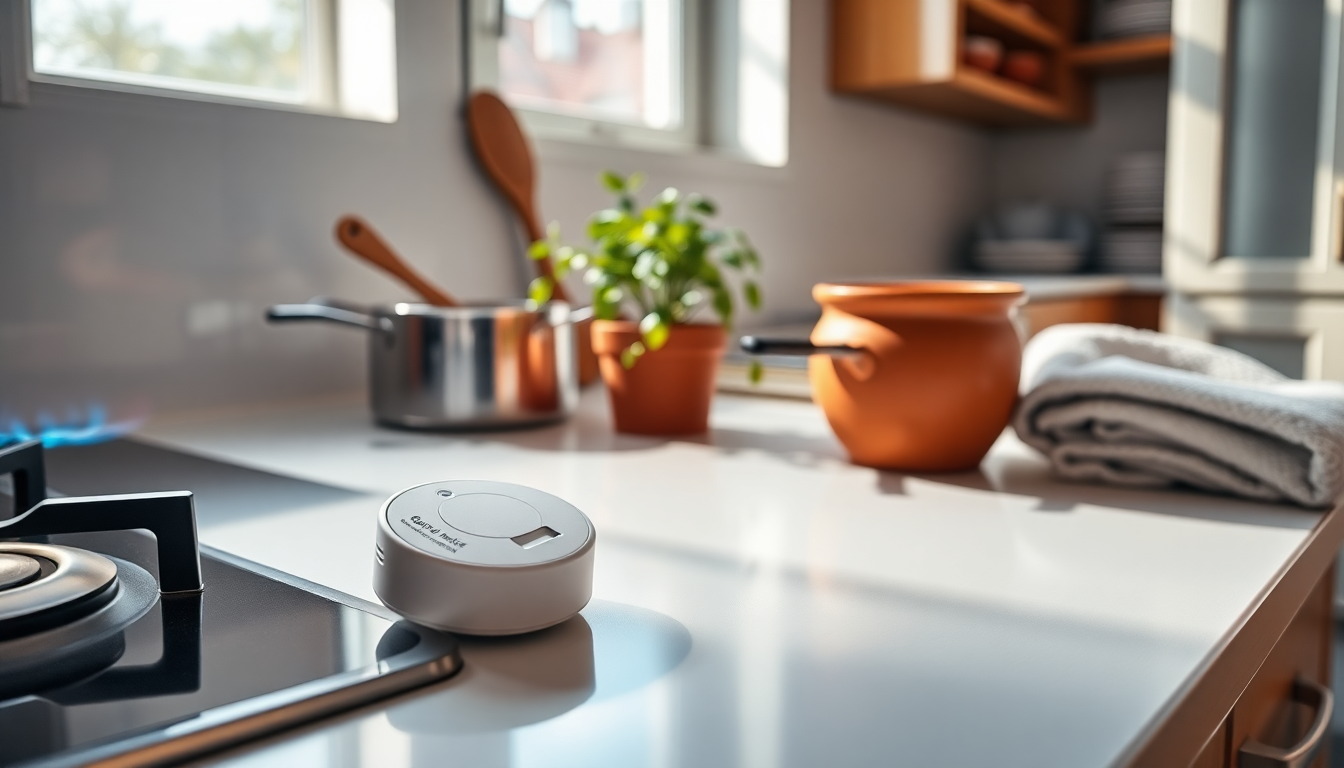Table of Contents
Carbon monoxide (CO) is often dubbed the silent killer, and for good reason. This colorless, odorless gas can sneak into our homes without a trace, making it a serious threat that many people overlook. Recent incidents have highlighted just how crucial it is to understand carbon monoxide poisoning—its symptoms, sources, and ways to prevent it.
So, how can we keep our homes safe from this invisible danger? Let’s dive in!
Understanding Carbon Monoxide Poisoning
Carbon monoxide is produced when fuels like gas, oil, wood, and charcoal burn. This means that any appliance that uses fuel could potentially release CO into your living space.
Common sources include fireplaces, gas stoves, water heaters, and even vehicles left running in enclosed areas. The real danger comes when CO enters the bloodstream through the lungs, taking the place of oxygen and disrupting the flow of oxygen to vital organs like the heart and brain.
The symptoms of carbon monoxide poisoning can be surprisingly similar to the flu, which makes it tricky to spot. You might start with headaches, dizziness, shortness of breath, or fatigue. But as exposure continues and CO levels rise, things can escalate quickly.
More severe symptoms could include confusion, chest pain, impaired vision, and even loss of consciousness. In extreme cases, high levels of CO can lead to convulsions or even death. It’s clear that being aware and taking action is essential.
Recognizing Sources and Signs
So, how do you identify potential sources of carbon monoxide in your home? It’s important to regularly inspect and maintain appliances like gas ovens, heaters, and fireplaces to ensure they’re operating safely and venting properly. Don’t forget about vehicles, especially in garages—just idling can elevate CO levels significantly.
Since CO is undetectable by our senses, installing carbon monoxide detectors throughout your home is a must. Alberta Health Services suggests placing these detectors in hallways near sleeping areas and on every level of the house. Keeping the batteries fresh and testing these devices regularly can be lifesaving, providing an early warning when gas levels become dangerous.
Effective Prevention Strategies
To keep the risks associated with carbon monoxide at bay, homeowners should adopt several preventive measures. First and foremost, regular maintenance of fuel-burning appliances is key—think annual check-ups by qualified professionals. Also, ensuring good ventilation in areas where combustion happens can help curb CO buildup.
If a carbon monoxide alarm goes off, acting fast is crucial. Residents should evacuate immediately, get to fresh air, and call emergency services without trying to find the source of the leak themselves. Quick action can significantly lower the risk of serious poisoning.
When it comes to treatment, oxygen therapy is the most effective way to counteract CO poisoning. This can involve breathing pure oxygen through a mask or undergoing hyperbaric oxygen therapy, where you’re exposed to high-pressure oxygen in a controlled setting. Thankfully, most people recover fully from carbon monoxide exposure with prompt treatment.
Conclusion
Understanding the dangers of carbon monoxide and taking proactive steps can truly save lives. This invisible threat requires our vigilance—from regular appliance maintenance to installing detectors. By educating ourselves about the risks and symptoms, we can create a safer environment for ourselves and our loved ones. After all, safety begins at home, doesn’t it?





